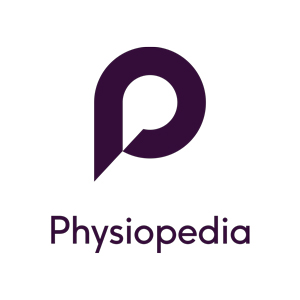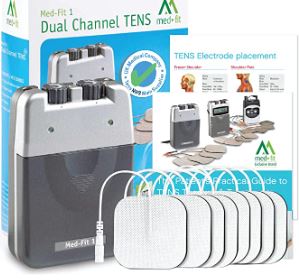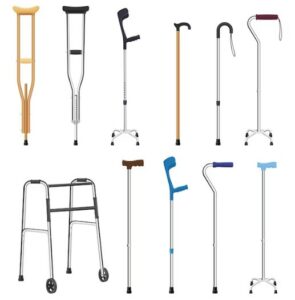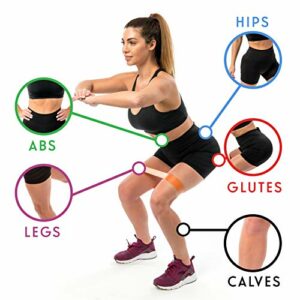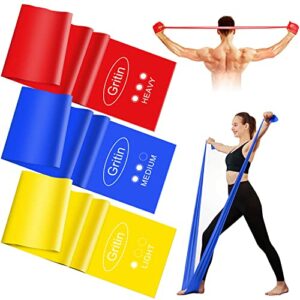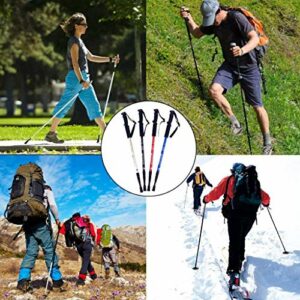Sciatica management
Sciatica information
Sciatica information
McKenzie disc care
Sciatica

Sciatic nerve

8 Exercises to AVOID for a bulging disc
Exercises for under 55 yr olds

Pelvic tilt

Knee rolls

Knee hugs

Bridge

Prone extensions

Cobra

Child pose

Chair squat

Standing lumbar extension

Superman
Sciatica management

COBRA lower back pain relief position: playlist

NHS exercises for disc herniation

Bob and Brad physical therapists
McKenzie exercises

Herniated disc exercises

Disc bulge recovery (healing a herniated disc)
Dom McKay MSK Therapist

End stages sciatic recovery workout 18mins
Sciatica exercises
Neurodynamics

Lumbar sciatica nerve flossing

Sciatica exercises and neural gliding

Bob and Brad physical therapists
McKenzie exercises

One exercise for sciatic pain relief: supine heel kicks

Piriformis syndrome, sciatica anatomy, everything you need to know.

Treatment for piriformis pain

NHS exercises for piriformis syndrome in sitting

Piriformis syndrome mentoring minutes

Piriformis syndrome stretches & exercises

Advanced core exercises for piriformis strengthening

Piriformis test for tightness and syndrome
TENS Transcutaneous Electrical Stimulation
A TENS machine is a small, battery-operated device that has leads connected to sticky pads called electrodes. You attach the pads directly to your skin. When the machine is switched on, small electrical impulses are delivered to the affected area of your body, which you feel as a tingling sensation.
The electrical impulses can reduce the pain signals going to the spinal cord and brain, which may help relieve pain and relax muscles. They may also stimulate the production of endorphins, which are the body’s natural painkillers.
(28.01.23 https://www.nhs.uk/conditions/transcutaneous-electrical-nerve-stimulation-tens/)/
2. peripheral neuropathy
3. pregnancy delivery
Back support
A Back Brace Belt has been manufactured and designed to help patients with chronic back pain, herniated disc, muscle spasm and weak lower back problems to provide the support needed to function during daily activity.
It is important to note that back supports need to be used alongside a strengthening programme for your core. See here for pilates. Do not leave yourself dependent on this device.
Please make sure you measure your waistline accurately and follow the fitting instructions.
Any new device will take time to get used to, so each day increase your use by 2 hours.
1. Degenerative lumbar spine
2. Osteoporosis of spine
3. Herniated disc
4. Annular tear of disc
5. Recent spinal surgery
6. Disciitis
7. Heavy manual workers
8. Repetitive activity
Click the icon to view options
Walking aids
These devices provide stability, and promote independence and confidence when one is challenged by musculoskeletal problems.
Conditions that often require walking aids:
1. Lower limb weakness and pain
3. Joint osteoarthritis
4. Frailty
5. Balance deficit
6. Neurological disorders
7. Post operative lower limb conditions
Click the icon to view walking aids
Resistance bands
Resistance bands are very useful in managing joint problems. Used for weeks on end to aid healing, or can be use during activity.
Conditions that often require a resistance bands:
1. Joint instability
2. Post operative joints
3. Arthritis
4. Deconditioned muscles
Click the icon to view resistance bands.

Overview of types of lumbar epidural steroid injections

Ultrasound guided caudal epidural

Epidural injections (lumbar transforaminal)

Sciatica Stenosis
Lumbar spinal stenosis

Anatomy and treatment


Sciatic nerve
Spinal stenosis
Exercises for over 55 yr olds

Child pose

Trunk rotation

Pelvic tilt sitting

Side bend

Pelvic tilt

Both knee hugs

Knee rolls

Lumbar twist stretch
Neurodynamics

Lumbar sciatica nerve flossing

Sciatica exercises and neural gliding

Bob and Brad physical therapists
McKenzie exercises

One exercise for sciatic pain relief: supine heel kicks

Overview of types of lumbar epidural steroid injections

Ultrasound guided caudal epidural

Epidural injections (lumbar transforaminal)

Back support
A Back Brace Belt has been manufactured and designed to help patients with chronic back pain, herniated disc, muscle spasm and weak lower back problems to provide the support needed to function during daily activity.
It is important to note that back supports need to be used alongside a strengthening programme for your core. See here for pilates. Do not leave yourself dependent on this device.
Please make sure you measure your waistline accurately and follow the fitting instructions.
Any new device will take time to get used to, so each day increase your use by 2 hours.
1. Degenerative lumbar spine
2. Osteoporosis of spine
3. Herniated disc
4. Annular tear of disc
5. Recent spinal surgery
6. Disciitis
7. Heavy manual workers
8. Repetitive activity
Click the icon to view options
TENS Transcutaneous Electrical Stimulation
A TENS machine is a small, battery-operated device that has leads connected to sticky pads called electrodes. You attach the pads directly to your skin. When the machine is switched on, small electrical impulses are delivered to the affected area of your body, which you feel as a tingling sensation.
The electrical impulses can reduce the pain signals going to the spinal cord and brain, which may help relieve pain and relax muscles. They may also stimulate the production of endorphins, which are the body’s natural painkillers.
(28.01.23 https://www.nhs.uk/conditions/transcutaneous-electrical-nerve-stimulation-tens/)/
2. peripheral neuropathy
3. pregnancy delivery
Nordic pole walking
Nordic Walking uses specially designed poles – not to be confused with trekking poles – to enhance your natural walking experience. With a technique that is similar to the upper body action of classic cross-country skiing, Nordic Walking is a genuinely whole body exercise that can be enjoyed at many levels, at low, medium or high intensity.
For those with persistent back pain, slightly flex forward your back posture to open up the space in your spine, this will help improve walking intensity.
- Burn around 20% more calories compared to walking without poles.
- Release tension in your neck and shoulders.
- Improve your posture and gait.
- Strengthen your back and abdominal muscles.
- Reduce the impact on your joints.
(28.01.23 https://britishnordicwalking.org.uk/pages/about-nordic-walking)
Click the icon to view poles
Walking aids
These devices provide stability, and promote independence and confidence when one is challenged by musculoskeletal problems.
Conditions that often require walking aids:
1. Lower limb weakness and pain
3. Joint osteoarthritis
4. Frailty
5. Balance deficit
6. Neurological disorders
7. Post operative lower limb conditions
Click the icon to view walking aids
Resistance bands
Resistance bands are very useful in managing joint problems. Used for weeks on end to aid healing, or can be use during activity.
Conditions that often require a resistance bands:
1. Joint instability
2. Post operative joints
3. Arthritis
4. Deconditioned muscles
Click the icon to view resistance bands.

Femoral nerve stretch 1

Femoral nerve stretch 2

Femoral nerve stretch 3

Lateral femoral cutaneous nerve block


Piriformis syndrome, sciatica anatomy, everything you need to know.

Treatment for piriformis pain

NHS exercises for piriformis syndrome in sitting

Piriformis syndrome mentoring minutes

Piriformis syndrome stretches & exercises

Advanced core exercises for piriformis strengthening

Piriformis test for tightness and syndrome

Understanding terminology

9 Tips for spine pain and sciatica

Chartered society physiotherapy
Cauda equina syndrome
Its rare 0.0002% sciatica but it is an emergency.
Spinal surgery



